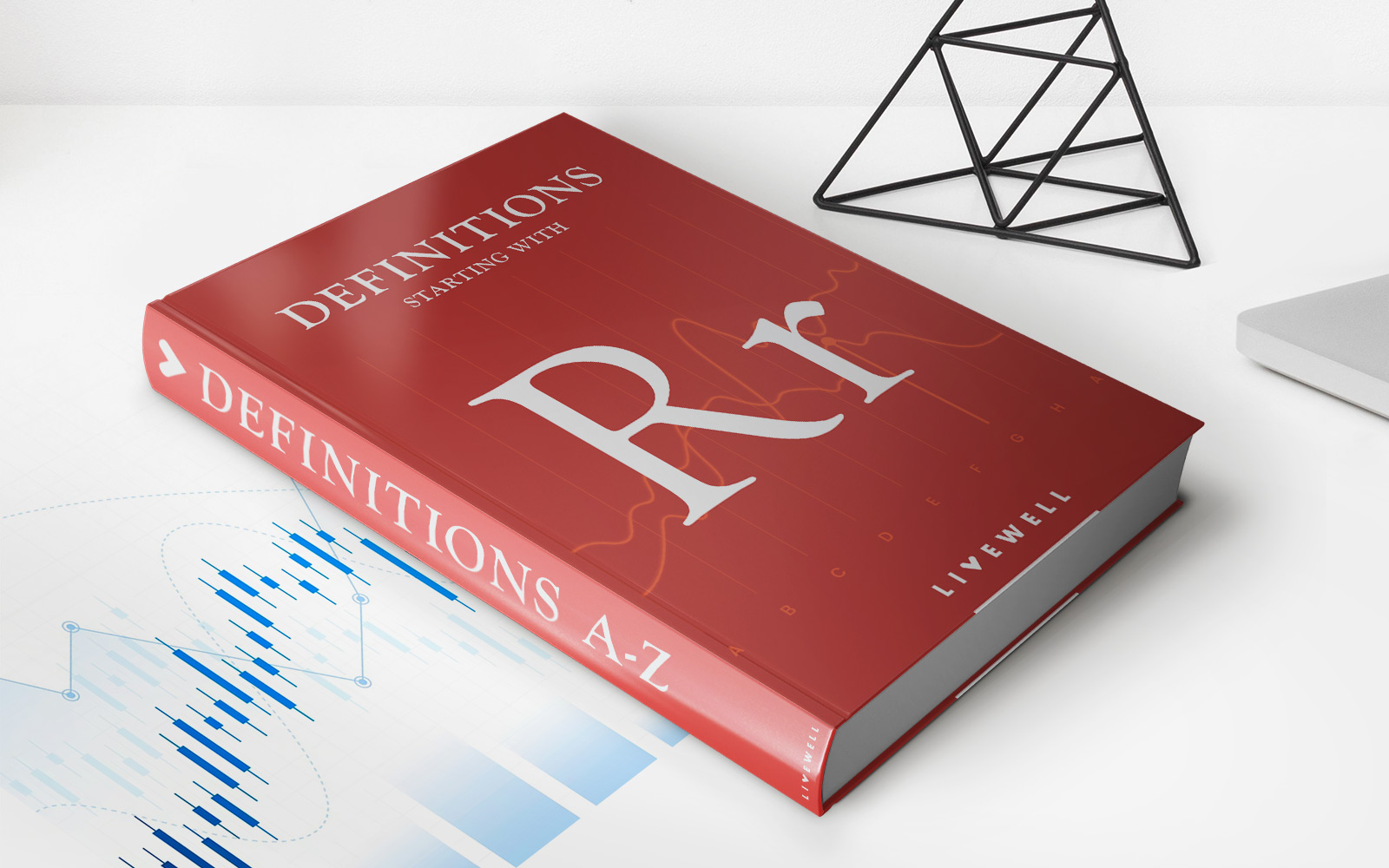

Finance
FAFSA Award Letter Definition
Published: November 22, 2023
Learn the meaning of FAFSA award letter and how it impacts your finance. Understand your financial aid package and make informed decisions.
(Many of the links in this article redirect to a specific reviewed product. Your purchase of these products through affiliate links helps to generate commission for LiveWell, at no extra cost. Learn more)
< h2 > Understanding the FAFSA Award Letter: Your Guide to Financial Aid < /h2 >
When it comes to financing your education, understanding the ins and outs of financial aid is crucial. One essential document to comprehend is the FAFSA award letter. If you’re unfamiliar with its purpose or confused by its contents, you’ve come to the right place. In this blog post, we’ll dive into the FAFSA award letter definition and break down everything you need to know.
Key Takeaways:
- The FAFSA award letter is a document sent by colleges and universities to inform students about their financial aid package.
- The letter details the types and amounts of financial aid awarded, including grants, scholarships, work-study opportunities, and loans.
Demystifying the FAFSA Award Letter
When you apply for financial aid by filling out the Free Application for Federal Student Aid (FAFSA), colleges and universities use the information provided to determine your eligibility for various forms of financial assistance. Once this evaluation process is complete, you will receive the coveted FAFSA award letter.
The FAFSA award letter is an official document sent by colleges and universities to students who have been accepted and offered financial aid. Its purpose is to outline the types and amounts of financial assistance you will receive for the upcoming academic year.
Now, let’s take a closer look at what you can expect to find in your FAFSA award letter:
The Contents of the FAFSA Award Letter
- Cost of Attendance (COA): This section includes the estimated expenses for tuition and fees, room and board, textbooks, and supplies.
- Expected Family Contribution (EFC): Your EFC represents the amount you and your family are expected to contribute towards your education. It’s determined based on factors such as income, assets, and family size.
- Grants and Scholarships: This section lists the free money you have been awarded, which does not need to be repaid. Grants and scholarships can come from federal, state, institutional, or private sources.
- Work-Study Opportunities: If you have been offered work-study, this section will provide details on the type of job, hours, and pay rate. Work-study allows you to earn money by working part-time while attending school.
- Loans: If you need to borrow money to finance your education, this section will outline the loans you are eligible for. It’s important to carefully review the terms and conditions of each loan option before making a decision.
- Additional Information: The FAFSA award letter may also include instructions on accepting or declining the offered financial aid and any other relevant information regarding your financial aid package.
Understanding Your Financial Aid Package
It’s essential to carefully review and understand your FAFSA award letter. Here are a few key points to keep in mind:
- Compare multiple award letters: If you have received multiple acceptance letters, compare the financial aid packages from each institution to make an informed decision about where to enroll.
- Beware of loans: While loans can be a helpful tool to fund your education, remember that they must be repaid. Consider your long-term financial goals and borrow responsibly.
- Ensure accuracy: Check that the information on your FAFSA award letter is accurate. If you believe there is an error, reach out to the financial aid office for clarification.
By understanding the FAFSA award letter and its contents, you’ll be equipped to make informed decisions about financing your education. Remember to take advantage of free money options like grants and scholarships, carefully evaluate loan options, and compare the financial aid packages from different institutions before making a final choice.
So, be proactive, educate yourself, and embark on your educational journey with confidence, knowing that you have a clear understanding of your financial aid package.














